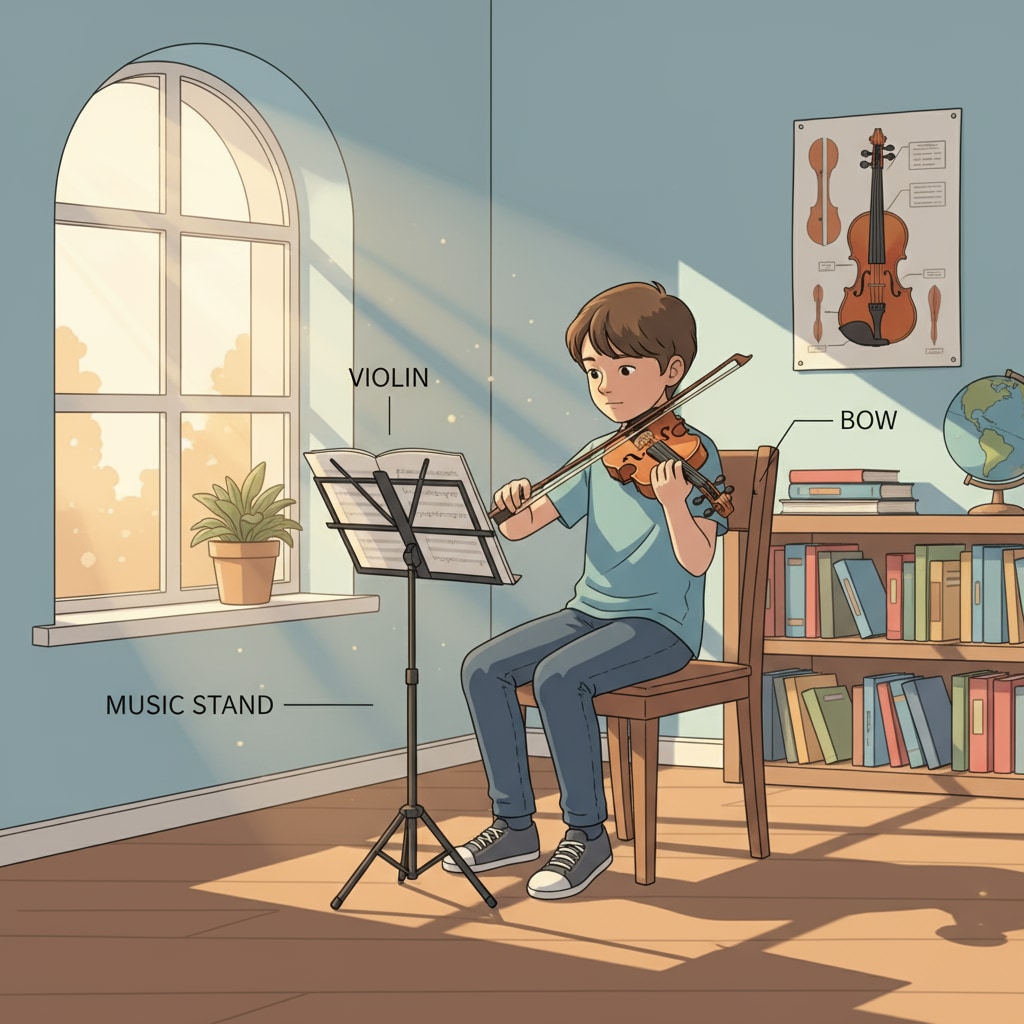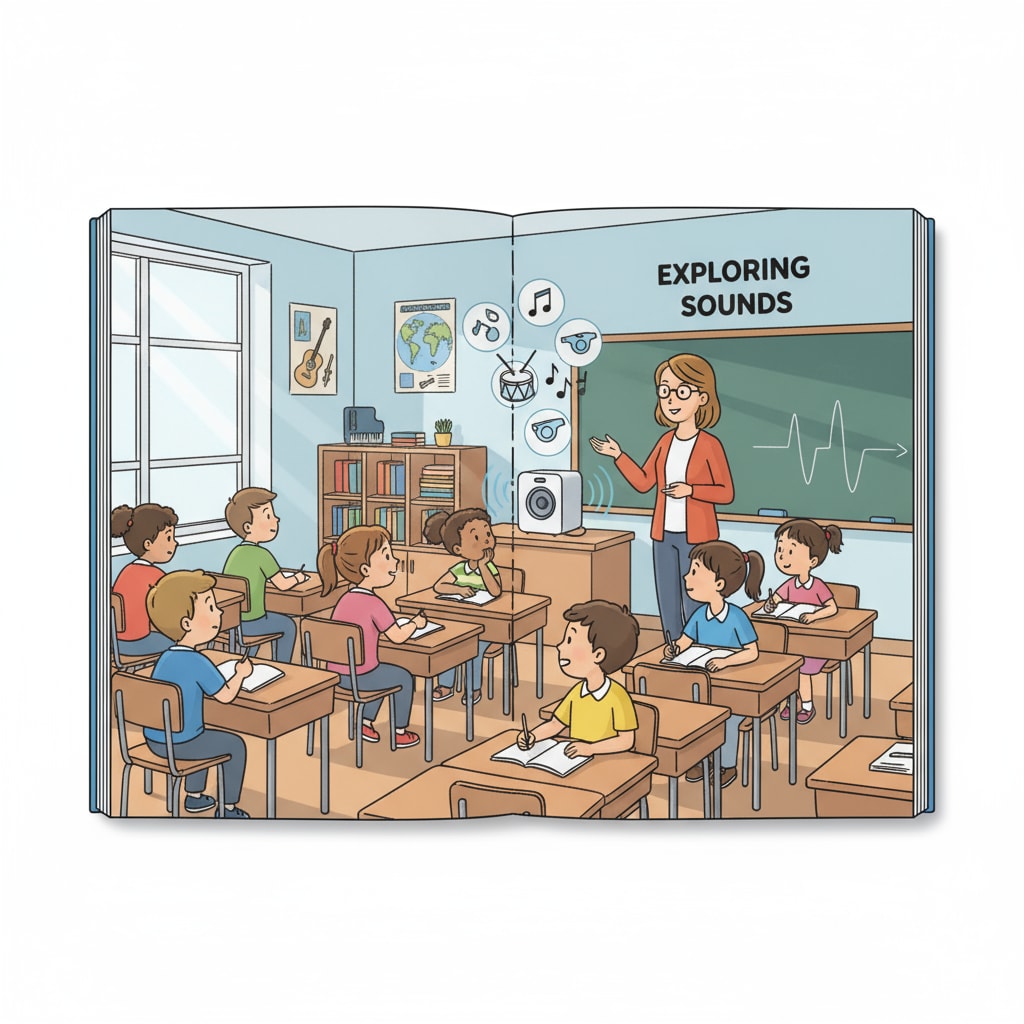The similarity between violin sounds and crying has led to some interesting misunderstandings. One day, a student was practicing the violin in a quiet room. The rich and sometimes mournful tones of the instrument filled the air. Passersby, who were not familiar with the nuances of violin music, mistook the sounds for someone crying. This incident highlights the need to cultivate students’ music recognition abilities and emotional expression in K12 music education.

The Nature of Violin Sounds and Crying
Violin sounds can be highly expressive. The way the strings vibrate under the bow’s touch creates a wide range of tones. Some of these tones, especially when played with a slow and mournful rhythm, can bear a resemblance to the cadence of crying. Crying, on the other hand, is a natural form of emotional expression in humans. The ebb and flow of pitch and volume in crying can mirror certain characteristics of violin melodies. However, while they may share some surface similarities, the intention behind them is vastly different. A violinist uses these sounds to convey musical ideas and emotions, while crying is an involuntary expression of inner feelings. For example, a sad piece played on the violin might use long, drawn – out notes and a gradual change in volume, much like the way a person’s sobs might rise and fall. Violin on Wikipedia
The Importance of Sound Recognition in K12 Music Education
In K12 music education, developing sound recognition skills is crucial. When students can accurately distinguish between different musical sounds, it enriches their overall musical experience. Recognizing the unique qualities of a violin, for instance, helps students appreciate the instrument’s role in an orchestra or a solo performance. It also aids in their understanding of musical composition. If students can tell the difference between a violin’s sound and other sounds like crying, they are better able to analyze and interpret music. Moreover, sound recognition can enhance students’ creativity as they are exposed to a wider range of musical elements. By learning to identify various sounds, they can incorporate different sonic textures into their own musical creations. Music Education on Britannica

Another aspect is emotional expression. Music is a powerful medium for expressing emotions, and the violin is no exception. Through playing the violin or listening to violin music, students can explore and express a wide range of feelings. When students understand the connection between the sounds of the violin and different emotions, they can use this knowledge to convey their own emotions more effectively. For example, a student who has learned to associate a particular violin technique with sadness can use it to express their own feelings of melancholy in a musical piece. This connection between sound recognition and emotional expression is an essential part of music education.
Incorporating Sound Recognition into K12 Curriculum
One way to incorporate sound recognition into the K12 curriculum is through listening activities. Teachers can play different sounds, including violin music and recordings of crying, and have students identify and discuss the differences. This hands – on approach helps students develop their listening skills and encourages them to think critically about the sounds they hear. Additionally, cross – curricular activities can be designed. For example, in a language arts class, students can write stories inspired by the emotions they associate with violin music or the experience of mistaking violin sounds for crying. In art class, they can create visual representations of the sounds they hear, which further deepens their understanding of the connection between different forms of expression.
In conclusion, the incident of violin sounds being mistaken for crying serves as a valuable reminder of the importance of cultivating students’ music recognition abilities and emotional expression in K12 music education. By understanding the nature of these sounds and incorporating relevant activities into the curriculum, we can help students develop a more profound appreciation for music and enhance their overall emotional and creative development.
Readability guidance: The article uses short paragraphs to present ideas clearly. Lists could be used in future sections to summarize key points more effectively. The proportion of passive语态 is kept low, and transition words like “however”, “for example”, and “moreover” are used to connect ideas smoothly.


